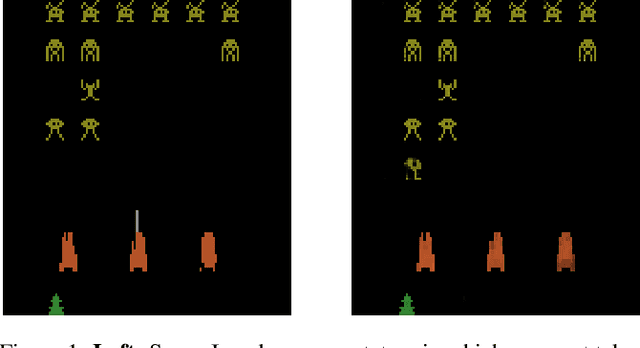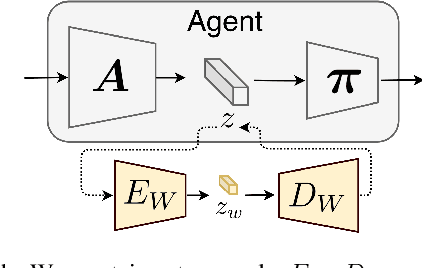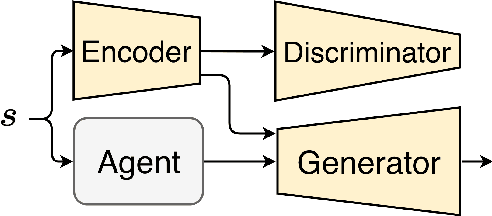Counterfactual States for Atari Agents via Generative Deep Learning
Paper and Code
Sep 27, 2019



Although deep reinforcement learning agents have produced impressive results in many domains, their decision making is difficult to explain to humans. To address this problem, past work has mainly focused on explaining why an action was chosen in a given state. A different type of explanation that is useful is a counterfactual, which deals with "what if?" scenarios. In this work, we introduce the concept of a counterfactual state to help humans gain a better understanding of what would need to change (minimally) in an Atari game image for the agent to choose a different action. We introduce a novel method to create counterfactual states from a generative deep learning architecture. In addition, we evaluate the effectiveness of counterfactual states on human participants who are not machine learning experts. Our user study results suggest that our generated counterfactual states are useful in helping non-expert participants gain a better understanding of an agent's decision making process.
 Add to Chrome
Add to Chrome Add to Firefox
Add to Firefox Add to Edge
Add to Edge